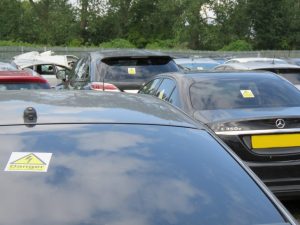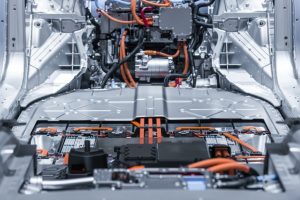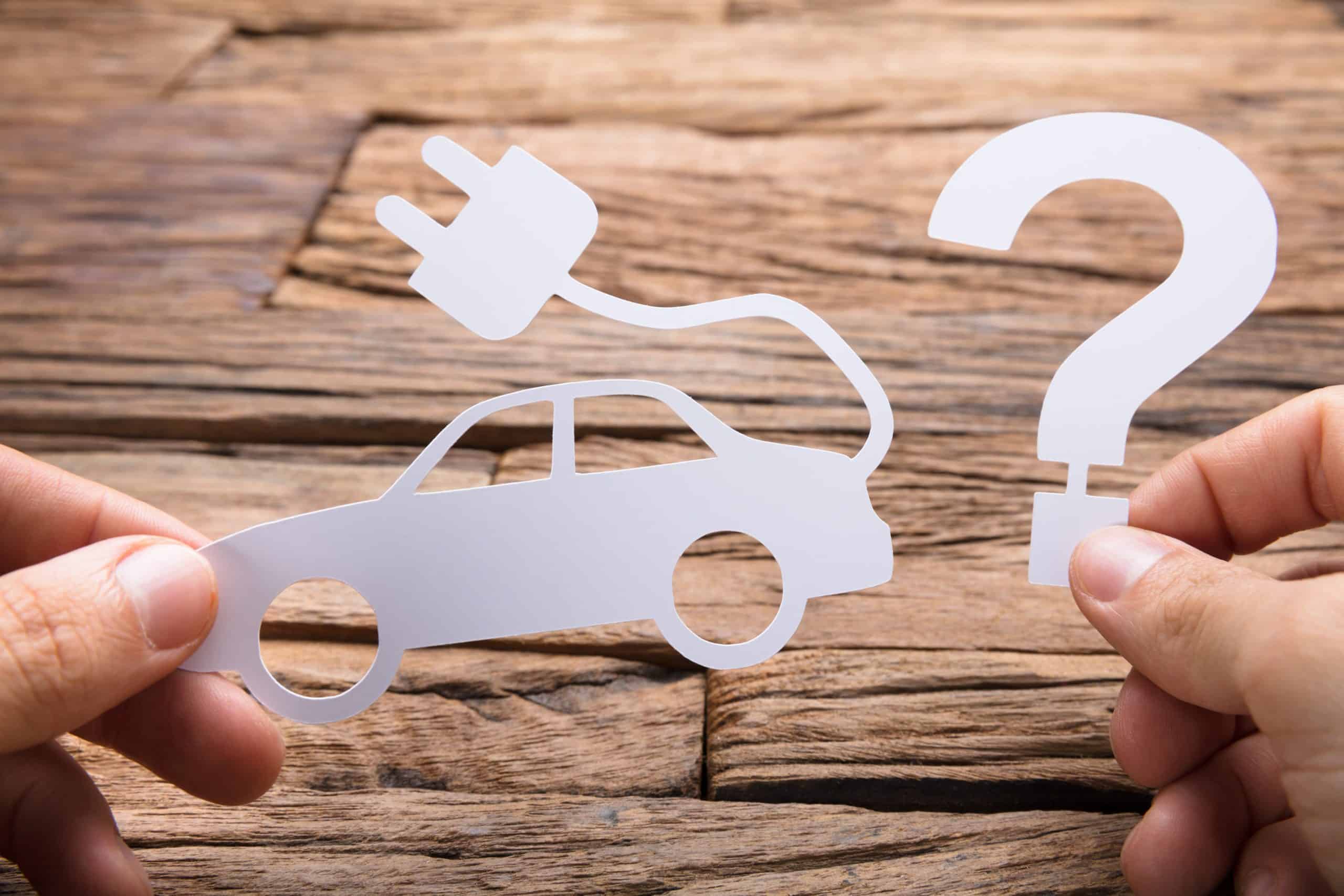The challenges of handling accident damaged electric cars was the focus of the following blog by Copart UK’s Director of Strategy, Insight & Digital Development, Mark Godfrey, which recently featured in Insurance Edge.
There are more electric cars on UK roads in 2020 than ever before, with growth being fuelled by consumer demand, government policy, public sector fleet policies and tax incentives for company car drivers.
But as EV numbers rise, accidents are sadly inevitable, and with the unique technology and attributes of EV’s come unique challenges in handling them after an accident.
Mark Godfrey, Director of Strategy, Insight & Digital Development at Copart UK looks at some of those challenges when it comes to handling accident damaged EV’s on behalf of insurers.

Mark Godfrey
We know there are a lot of discussions in the motor industry around how to handle a damaged electric vehicle. Can it be moved in the same way? Is it safe to touch? Do you need specific skills and training to deal with it? With all these issues in mind, our industry has been preparing in advance for the increase in electric vehicles on the road and the resulting inevitable rise in accident-damaged EV’s.
For insurers, the priorities are obviously similar to those relating to any other vehicle – look after the customer, ensure speedy management of the vehicle through the total loss process and handle and remarket the EV itself in the best way. However whilst the goals remain the same, the methods and processes around EV’s do need to differ.
Upskilling the key teams involved in handling EV’s is paramount, starting with the front line force who collect the vehicles, and we are actively exploring new ways to make electric vehicles safe at the point of collection so that they can be safely and correctly transported through to our assessors.

Like most new cars today, EV’s are becoming more and more complex and technologically advanced, so upskilling engineers is critical. All of our operations centre-based vehicle engineers, our entire team of vehicle damage evaluators, and other selected operations centre-based personnel, are IMI Level 2 NVQ qualified in Electric/Hybrid Vehicle Routine Maintenance.
We’re are also making IMI Level 2 qualifications in Electric/Hybrid Vehicle Hazard Management for Emergency and Recovery Personnel an urgent priority.
What are the other key challenges from an insurer’s point of view? Well, one of the most obvious and most challenging is what to do damage to the battery pack of an EV following a collision.
Richard Billyeald, Chief Technical Officer at Thatcham Research, told the motor trade press back in 2018 that in many cases, ‘even following minor bumps, such as hitting a bollard, the battery pack has to be replaced, which can turn a £1000 claim into an £8000 job.’

So not only does safe handling become vital – how do you handle a hugely powerful, live battery when the vehicle has crashed or suffered water damage – but the economics of the Total Loss decision radically changes. What used to be the technologically simplest and inexpensive items are now the most critical, complex and costly.
This challenge is compounded by the reality that these vehicles are brand new to the mass market, with cutting edge, specialised technologies within them, there is not a comparable extensive and well established repair supply chain when compared to the combustion engine world.
The EV power situation has another layer of complexity in that many EV’s are leased, and sometimes the battery pack is part of a separate lease agreement, or the driver of the car owns the battery pack, but not the whole car. This means one needs to account for, manage and handle the unique situation that part of the vehicle may be owned by another party, whilst not extending cycle times and causing additional asset value drops.
There is of course a natural counterbalance to all these challenges – that of supply and demand – which is realised in EV salvage values. We have seen record highs in EV bidding activity from our global buyer base, and a corresponding increase in returns on EV’s handled through the Total Loss process. So effective remarketing outweighs the perceived economic burden of EV repair, and minimises the overall loss to insurers.
Source: Article produced in association with Insurance Edge
Read more Industry News or previous stories about electric cars.


